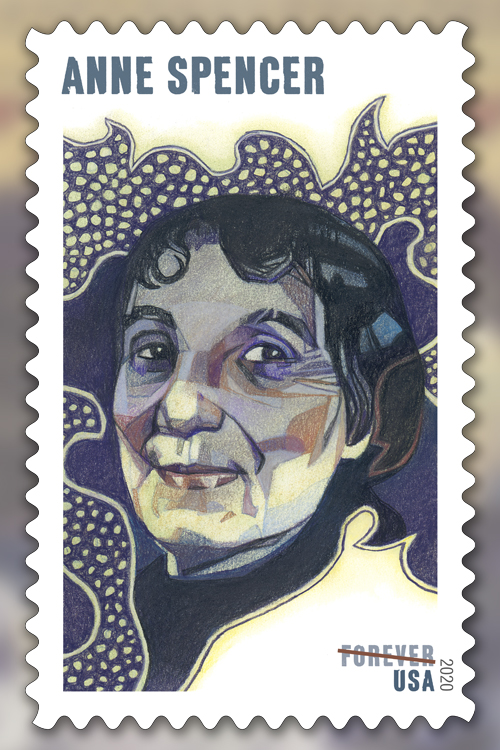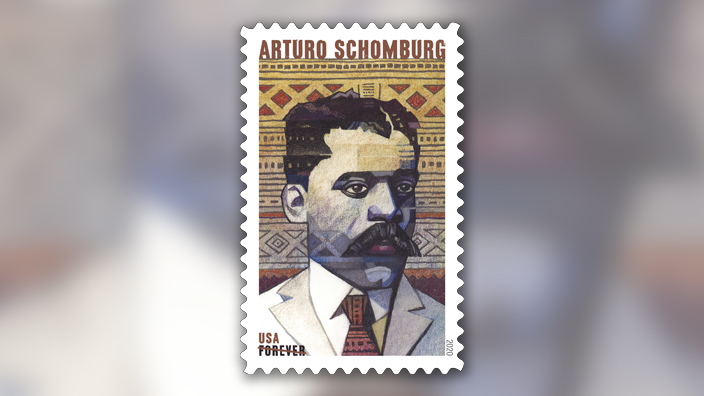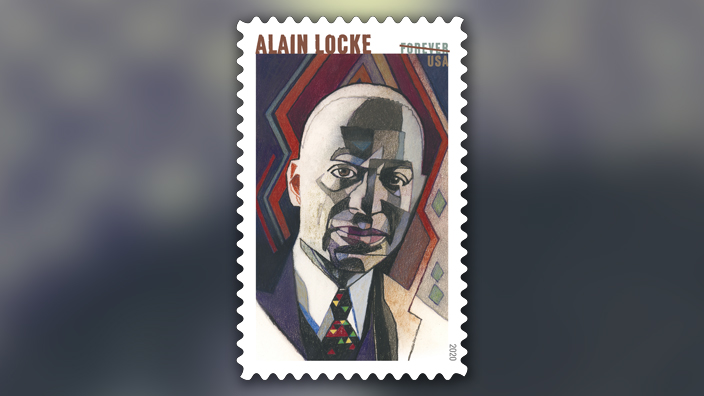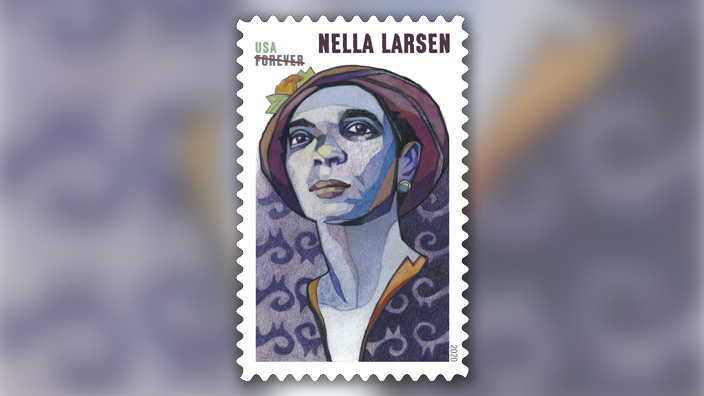Anne Spencer was a poet whose use of imagery to evoke nature, gardening, religion and mythology made her a leading writer in the Harlem Renaissance arts movement.
Spencer (1882-1975) is one of four African American literary figures who’ll be featured on Voices of the Harlem Renaissance, a stamp pane that USPS will release this week.
Spencer was born in Virginia and raised in West Virginia. She received no formal schooling until age 11 when her mother enrolled her in the Virginia Seminary, a school for African Americans, where she excelled.
After graduating in 1899, she became a schoolteacher and moved to Lynchburg, VA, where her husband, Edward, built a home that allowed her to focus on her family, gardening and her love of writing.
The house later became a haven for African American writers, intellectuals, artists and activists, serving as a symbol of cultural life outside of New York City.
Spencer came to prominence as a poet after NAACP field secretary and writer James Weldon Johnson visited her home to discuss establishing a local chapter. After reading “Before the Feast at Shushan,” a poem she wrote based on the Book of Esther in the Old Testament, Johnson included it in The Crisis, the NAACP magazine, in 1920.
Two years later, Johnson also included five of Spencer’s poems in “The Book of American Negro Poetry.”
Historian Alain Locke, who also appears on the Voices of Harlem Renaissance stamp pane, included another Spencer poem in a special 1925 issue of the Survey Graphic magazine that was devoted to African American culture. The issue became one of the most important publications of the Harlem Renaissance.
Altogether, Spencer published about 30 poems.
Throughout her life, Spencer was controversial in Lynchburg for her opposition to segregation and for her activism. She boycotted segregated transportation and campaigned for the employment of black teachers in a high school for African American students.
Spencer was 93 when she died.
Today, the Anne Spencer House and Garden Museum is a Virginia landmark on the National Register of Historic Places.
This is the final profile of the African American literary figures who’ll be featured on the Voices of the Harlem Renaissance stamps.



